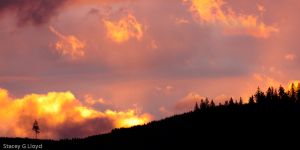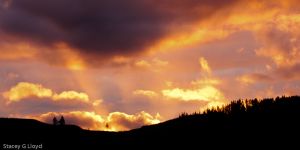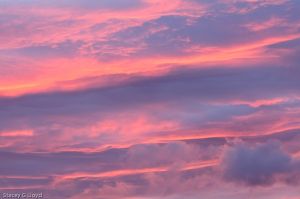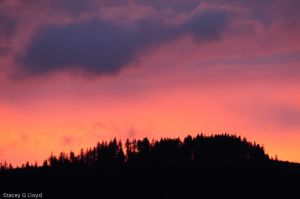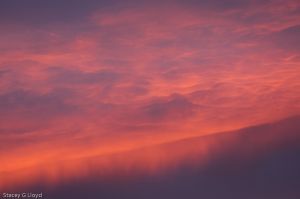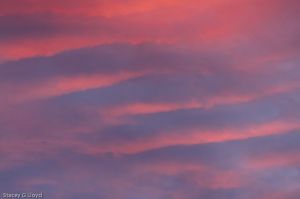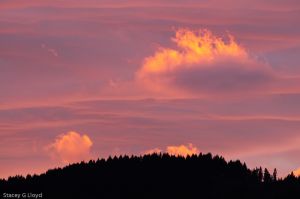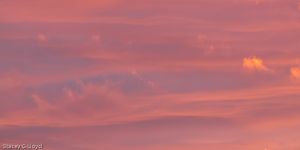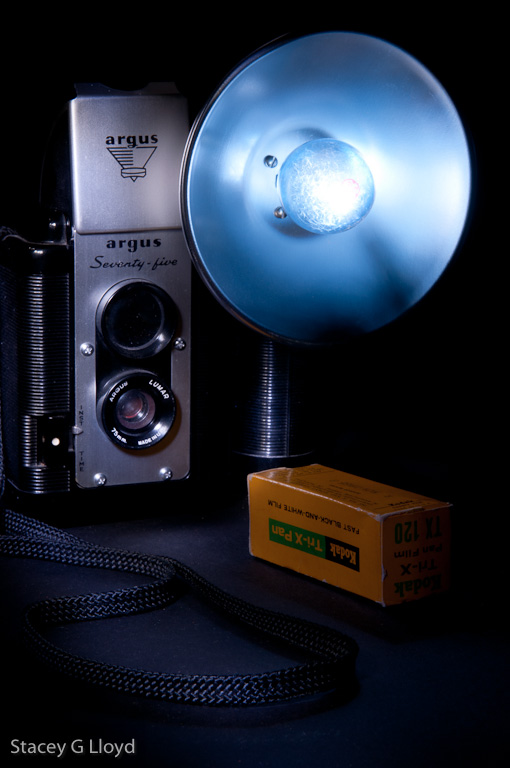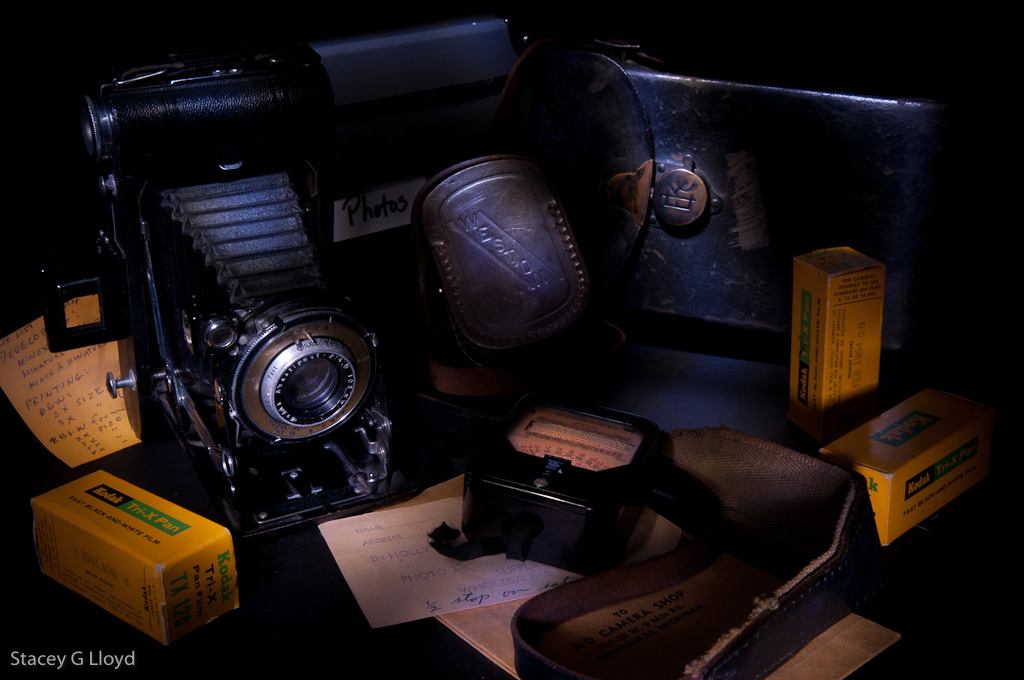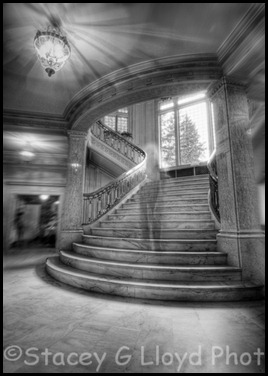 I received the results from a juried exhibition on Friday. Much to my disappointment none of my images were selected. The same was true in the fall for another juried exhibition. It can get discouraging. But as in the past I reviewed the images selected by the juror and tried to learn something for the future.
I received the results from a juried exhibition on Friday. Much to my disappointment none of my images were selected. The same was true in the fall for another juried exhibition. It can get discouraging. But as in the past I reviewed the images selected by the juror and tried to learn something for the future.
After looking at the images that were selected, I can see that I was a bit off the mark in the images I submitted for the targeted theme, “In Your Dreams”. I should have submitted some other images that might have done better.
I did do some quick review of the juror’s work before hand but I didn’t really study as I should. Here is a pointer to the selected images – PhotoPlace (In Your Dreams). They are quite good. Take the time to look and them and evaluate the overall style of the images selected.
Blog image – this is one I probably should have submitted. It would have been a better match than most of those I did. This image is an B&W HDR image shot at Pittock Mansion with a radial blur blended into the edges using Photoshop. The ghost (me) was blended in using layers as well.

